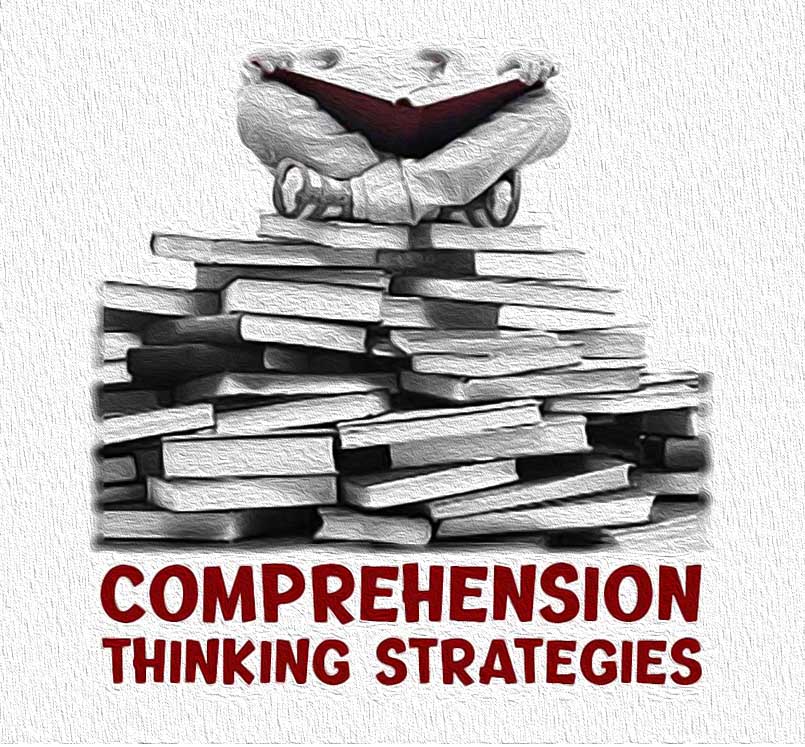Phonics is a method of teaching reading and spelling that emphasizes the relationship between sounds (phonemes) and their corresponding written symbols (graphemes), typically letters. The primary goal of phonics instruction is to help learners decode, or sound out, words by associating specific sounds with particular letters or groups of letters. This systematic approach enables individuals to recognize words, build vocabulary, improve reading fluency, and enhance overall literacy skills.
In phonics instruction, learners are taught:
Letter-Sound Correspondence: Recognizing the sounds that individual letters and combinations of letters represent. For example, understanding that the letter “b” represents the /b/ sound.
Blending: Combining individual sounds together to pronounce words. For instance, blending the sounds /c/, /a/, /t/ produces the word “cat.”
Segmenting: Breaking words down into their individual sounds. For example, segmenting the word “dog” into /d/, /o/, /g/.
Word Families and Patterns: Identifying common phonetic patterns, such as rhyming words (-at: cat, hat, mat) or shared spelling patterns (ea: read, bead, sea).
Irregularities: While phonics focuses on regular sound-letter relationships, learners also encounter irregular words (e.g., “said,” “two,” “have”) that do not follow typical phonetic patterns. Phonics instruction often includes strategies for recognizing and memorizing these irregular words.
Phonics is a foundational aspect of reading instruction, and its importance lies in several key areas:
Foundational Reading Skills:
- Systematic Approach: Phonics provides a structured, systematic method for teaching reading. By introducing letters and their corresponding sounds in a logical sequence, phonics instruction offers learners a clear road map for acquiring reading skills.
- Word Recognition: As students learn phonics, they become proficient in recognizing and decoding words. This decoding ability is essential for reading fluently and accurately, especially when encountering unfamiliar words.


2. Enhanced Reading Comprehension:
- Automaticity: Fluent readers recognize words effortlessly, allowing them to allocate cognitive resources to understanding the text’s meaning. Phonics instruction aids in developing this automaticity, enabling readers to decode words quickly and focus on comprehension.
- Contextual Understanding: With strong phonics skills, readers can decipher the pronunciation and meaning of unfamiliar words within a given context, facilitating deeper comprehension of the text as a whole.


3. Spelling and Writing Proficiency:
- Encoding Skills: In addition to reading, phonics supports spelling and writing development. By understanding the sound-letter relationships, students can encode, or spell, words more accurately, reflecting their understanding of phonetic patterns.
- Vocabulary Expansion: Phonics instruction often exposes students to word families, affixes, and morphemes. This exposure helps expand their vocabulary and provides them with the tools to decode and encode a broader range of words.


4. Addressing Diverse Learning Needs:
- Inclusive Instruction: Phonics instruction can be tailored to meet the needs of diverse learners, including those with learning differences such as dyslexia. Explicit, systematic phonics programs offer structured support, enabling these students to build essential reading skills and overcome challenges more effectively.
- Differentiated Instruction: Educators can differentiate phonics instruction based on students’ individual needs, providing targeted support or enrichment as needed to ensure optimal learning outcomes for all students.


5. Cognitive Development and Meta-cognition:
- Analytical Skills: Phonics encourages students to analyze the structure of words, fostering critical thinking and analytical skills. By examining letter-sound relationships and spelling patterns, students develop a deeper understanding of the English language’s structure and rules.
- Meta-cognitive Awareness: As students engage with phonics instruction, they become more aware of their reading processes, recognizing strategies that enhance their decoding and comprehension skills. This meta-cognitive awareness empowers students to become more independent, strategic readers over time.


6. Promoting Lifelong Learning and Literacy:
- Foundation for Academic Success: Phonics lays a solid foundation for academic success across subject areas. Strong reading and writing skills are fundamental to academic achievement, and phonics plays a pivotal role in developing these essential competencies.
- Cultivating a Love for Reading: As students become proficient readers through phonics instruction, they are more likely to develop a love for reading. This passion for reading not only enriches their lives but also fosters a lifelong commitment to learning and literacy.


In essence, phonics is intricately linked to various aspects of literacy development, including reading fluency, comprehension, spelling, writing, and cognitive skills. By providing a systematic, structured approach to learning, phonics equips students with the essential tools and strategies they need to become proficient readers and lifelong learners.






